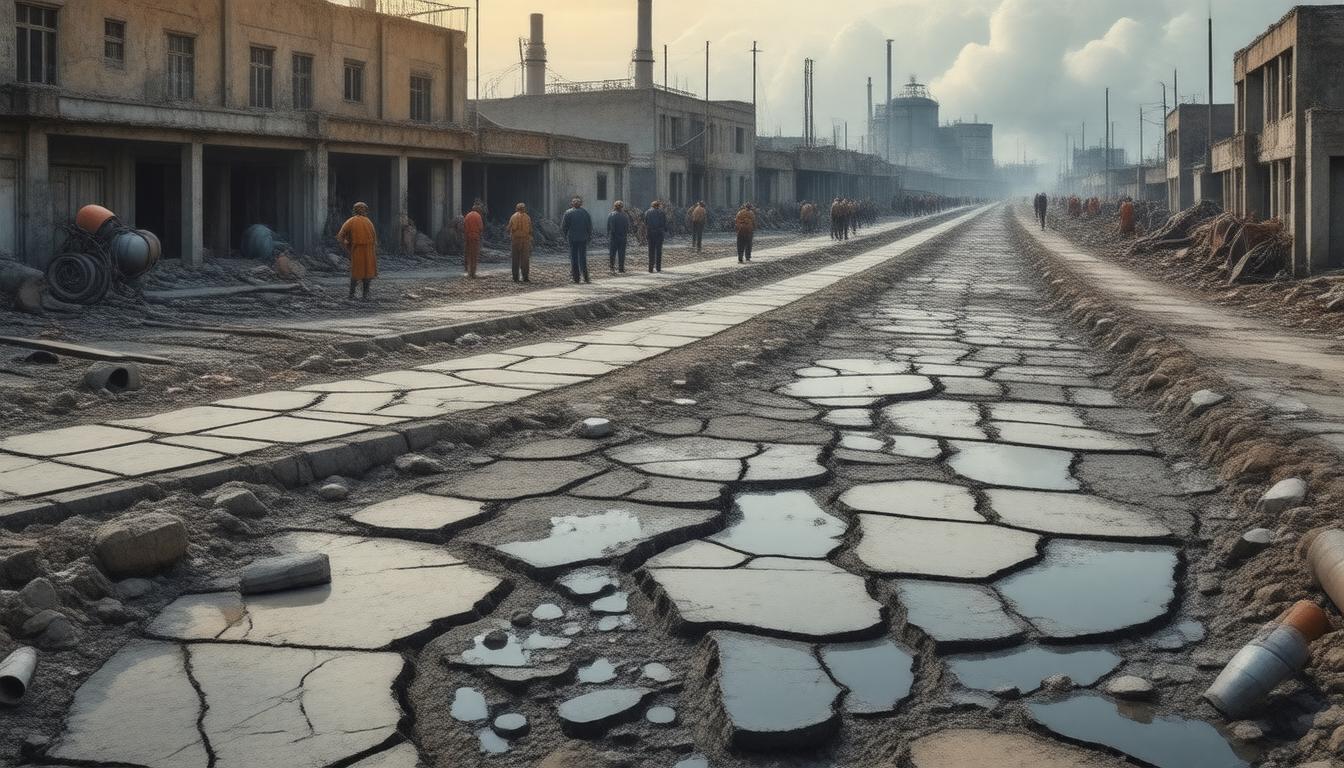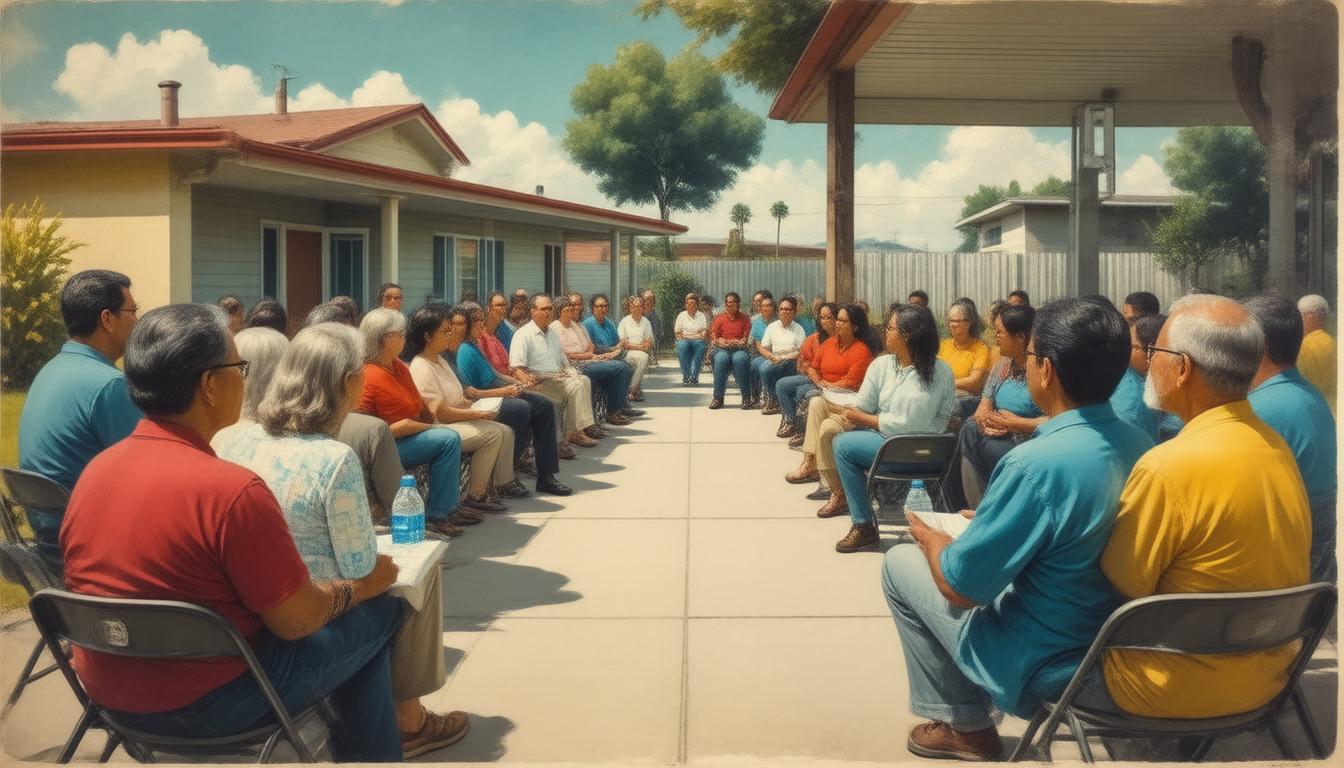

Understanding the Financial Impacts of Sewer System Breakdowns
Sewer systems are crucial infrastructure components that manage waste and stormwater, maintaining public health and environmental safety. Unfortunately, these systems are not immune to breakdowns, which can have severe financial repercussions for communities, governments, and the environment. This article delves into the various financial consequences that arise when a sewer system fails, exploring the direct and indirect costs involved.
Direct Costs: Immediate Financial Impact
The immediate expenses associated with sewer system failures primarily include repair costs. Fixing broken pipes, restoring service, and cleaning up after overflows demand extensive labor and materials. In addition, specialized machinery and technology may be needed to diagnose issues and repair damaged infrastructure, further driving up costs. Cities might need to hire contractors and pay for emergency services, significantly increasing expenditures.
Another significant expense during a sewer system failure is the potential fines and penalties from environmental regulatory bodies. When sewage spills occur, they often violate environmental protection laws, resulting in hefty fines that can run into millions of dollars, depending on the severity of the spill and the length of time it goes unaddressed.
Indirect Costs: Long-term Economic Burdens
The financial impact of sewer system breakdowns extends beyond just immediate repair costs. One major long-term economic burden is the devaluation of property. Areas prone to sewage overflows and failures may see a decrease in property values, affecting homeowners and the overall economic health of the community. This decrease can subsequently lead to reduced property tax revenues, which further impacts local government budgets.
Business disruptions caused by sewer failures also represent a significant indirect cost. Companies located in affected areas might suffer closures or reduced operational capacity, leading to lost revenue and diminished economic activity. This not only affects individual business owners but also the employment market and local economies on a broader scale.
Furthermore, there are health-related costs associated with sewage leaks and overflows. Exposure to raw sewage can lead to serious health issues, increasing public health costs. The spread of diseases could necessitate medical treatment and interventions, placing a burden on healthcare systems and potentially leading to increased insurance premiums for local residents.
Environmental and Social Costs
Beyond economic impacts, sewer system failures also bring about significant environmental and social costs. Environmental damage can be extensive, with sewage spills contaminating water bodies, killing wildlife, and destroying habitats. The cleanup from such events is not only costly but can also take years to fully rectify.
Socially, these failures can lead to public dissatisfaction and erode trust in local government and public utilities. Community relations might suffer, especially if the public perceives that the incidents are a result of negligence or poor management. Restoring confidence after repeated failures can be a costly and prolonged process.
Mitigating the Financial Fallout
To mitigate the financial fallout of sewer system breakdowns, many experts recommend proactive investments in infrastructure. Regular maintenance and upgrades can prevent catastrophic failures and reduce the frequency and severity of system breakdowns. Moreover, investing in modern, more resilient sewer technologies can prove cost-effective in the long run by minimizing repair needs and environmental penalties.
Implementing better surveillance and diagnostic tools can also help in detecting and addressing problems early, before they escalate into major issues. Additionally, communities might consider public-private partnerships to share the financial burden of maintaining and upgrading sewer infrastructure.
Lastly, it is important for communities to engage in continuous dialogue with residents to keep them informed about the challenges and necessary measures related to sewer system management. This communication helps in maintaining public trust and securing community support for necessary investments in infrastructure.
In conclusion, while the financial fallout from sewer system breakdowns can be extensive, with strategic planning and investment in infrastructure resilience, communities can mitigate these costs. Proactive management not only saves money but also protects public health, preserves property values, and maintains environmental integrity.







